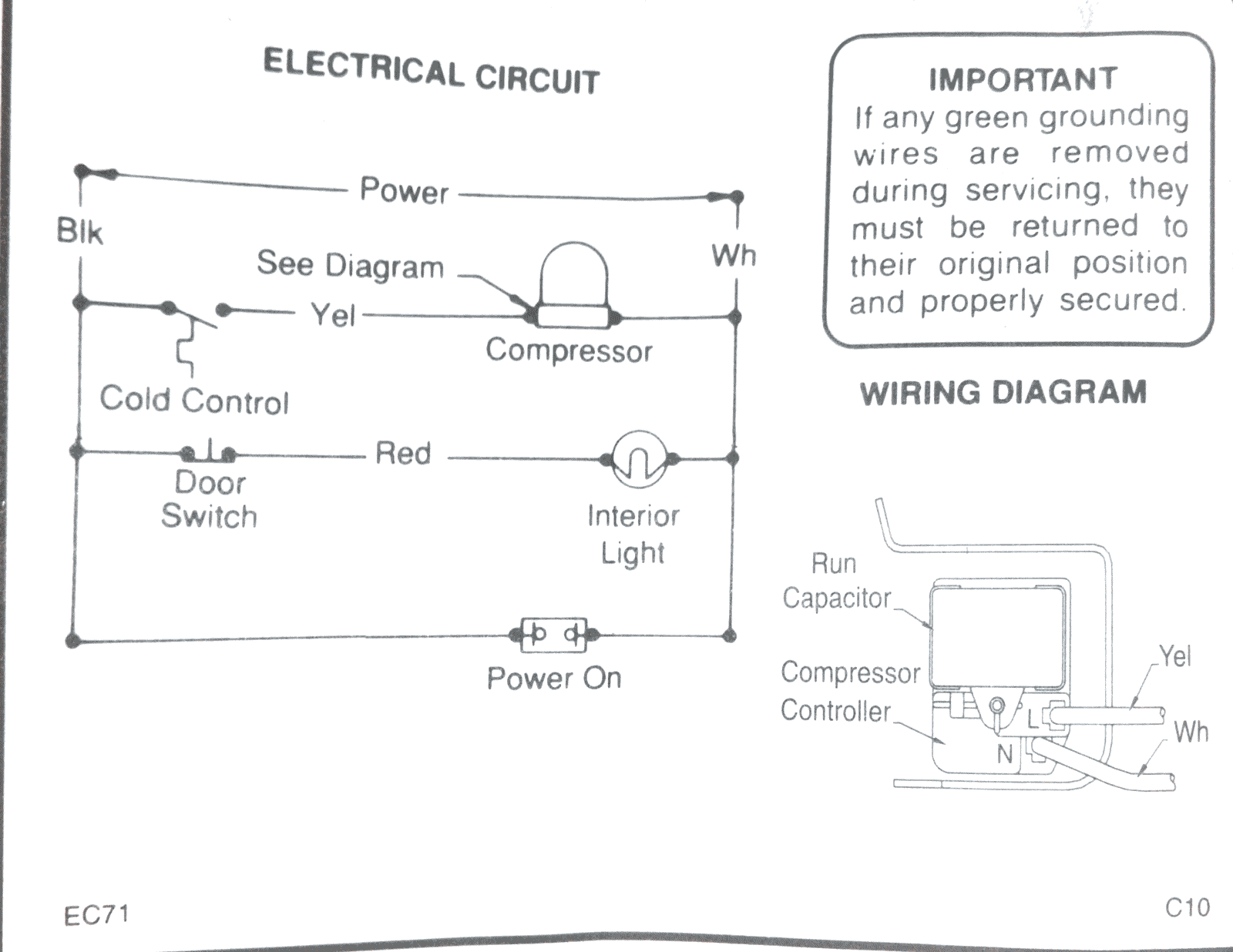I took a look and there is a PIC 16F1829 that has double the flash space and 4x the RAM. Pin compatible.
What could we do with more memory ?
http://www.microchip.com/wwwproducts/Devices.aspx?product=PIC16F1829
What could we do with more memory ?
http://www.microchip.com/wwwproducts/Devices.aspx?product=PIC16F1829























![Craft A Brew - Safale S-04 Dry Yeast - Fermentis - English Ale Dry Yeast - For English and American Ales and Hard Apple Ciders - Ingredients for Home Brewing - Beer Making Supplies - [1 Pack]](https://m.media-amazon.com/images/I/41fVGNh6JfL._SL500_.jpg)











































